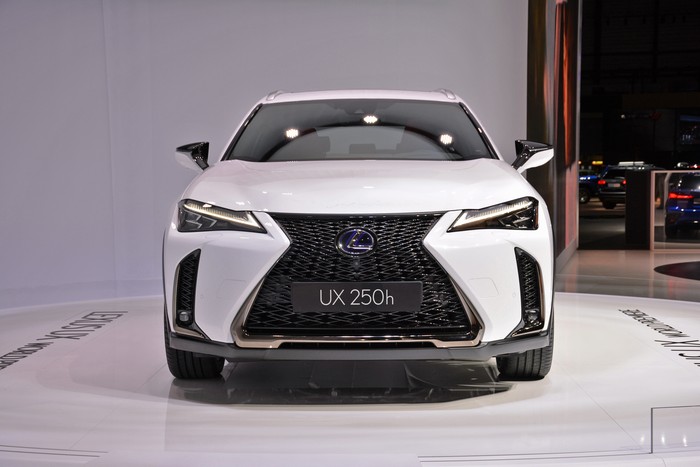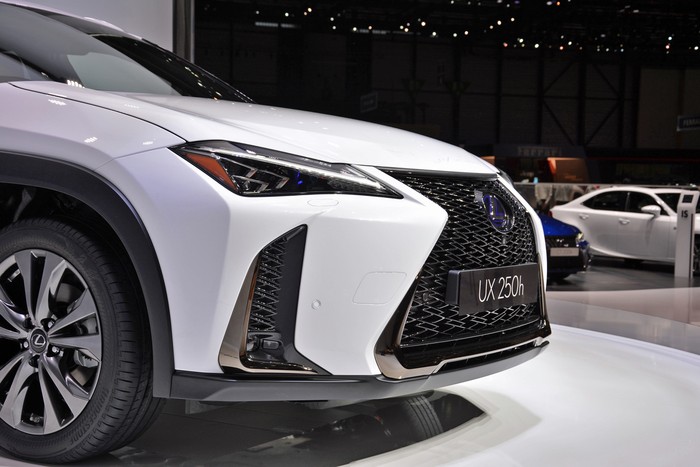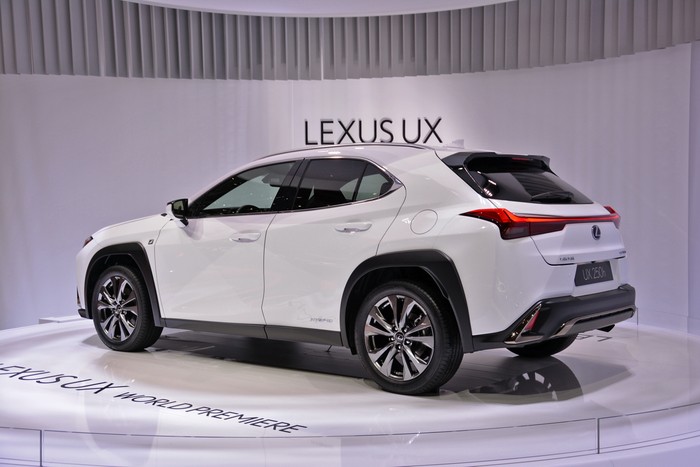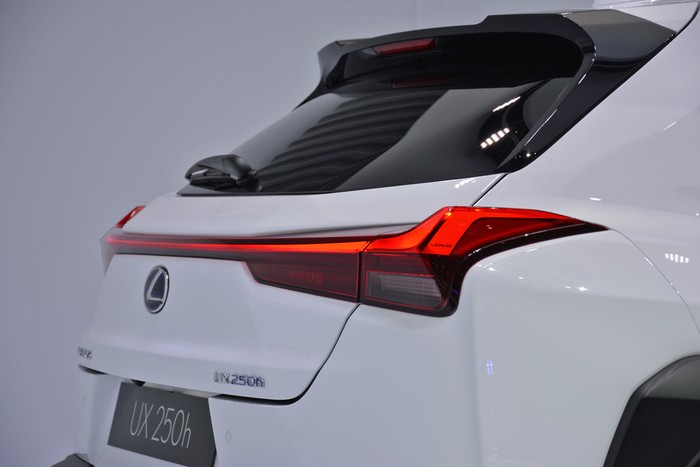

Geneva LIVE: Lexus UX Crossover
The UX is built upon an all-new platform with improved body rigidity and a low center of gravity.
Lexus pulled the sheet off its new subcompact crossover in Geneva Tuesday, showing the world its next move to capture sales in the expanding entry-level niche of the CUV market. The company bills the UX as a 'gateway model' aimed at attracting new urban customers "in a dynamic and growing" segment.
The production model has been watered down from the UX Concept that debuted late in 2016, keeping its compact dimensions and high beltline. Lexus says the UX is built upon an all-new platform that achieves exceptional body rigidity and a low center of gravity for impressive handling, but the reality is a bit less cut-and-died than that. The platform is new to Lexus, but it's not new-new.
Under the skin, the Lexus UX is essentially a Toyota C-HR, which was the first crossover built on the compact variant of the TNGA (Toyota New Global Architecture) modular system. The UX becomes the second.
UpscaleFortunately, it appears that Lexus is taking what could otherwise be interpreted as a re-skin of a cheap grocery-getter quite seriously. For starters, the sheetmetal is all-new and much-improved. Love or hate the Lexus spindle grille, it's a better look than whatever is on the front of the C-HR. The latter may be fun and funky, but it's not a luxury car's face.
The C-HR's overly sculpted rear end has also been completely tossed in favor of a more chiseled, far less busy finish. The angular plastic side cladding found on the C-HR is also absent. All in all, we're talking about a much more upscale, refined design. The interior has also been re-done from the ground up, with new seats, new materials, new tech and far more attention to detail.
UpratedThose improvements continue under the hood, where the C-HR's 144-horsepower four-cylinder has been replaced with a higher-output unit. While it is still paired to a CVT, the base UX200 gets a 168-horsepower version of the two-liter four. Above the UX200 sits the UX250h, which of course is a hybrid. It's more powerful (though not by much), boasting 176 total system horsepower.
The UX's real advantage comes not from extra power, though, but from available all-wheel-drive. This is exclusive to the hybrid model, as the rear axle is powered exclusively by the UX250h's electric motor. Lexus calls it "E-Four AWD," and it's an implementation we've seen before in various Toyota and Lexus models.
F Sport
The UX200 and UX250h will both be available with F Sport packages featuring sport-tuned suspensions (including an available adaptive damper system), interior and exterior aesthetic upgrades, and additional drive modes.
What's next?
Lexus plans to begin producing the UX this fall, with deliveries beginning in December.
Live photography by Ronan Glon.



